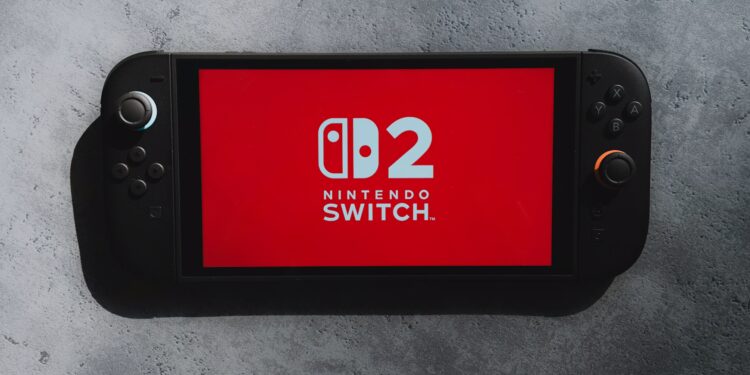The long awaited launch of the Nintendo Switch 2 on June 5, 2025, did more than just satisfy years of fan speculation; it fundamentally reset the landscape of the console market. In just four short months, the new hybrid console has shattered records, selling over 10 million units and injecting a massive wave of capital and consumer attention back into the industry. The question is no longer if Nintendo can compete with the pure processing power of the PlayStation 5 and Xbox Series X, but how its versatile, hybrid strategy is allowing it to dominate a distinct lane and redefine what it means to be a “next generation” system.
The Economic Shockwave: A Sales Phenomenon
The Switch 2’s performance has been a spectacular validation of Nintendo’s unique approach. With over 10.36 million units sold by the end of September 2025, it has become the fastest selling console in Nintendo’s history, outpacing even the incredible momentum of the original Switch. This success is not merely a corporate victory as it is a major economic event. Nintendo’s net profit surged by a staggering 85% in the launch period, driven not just by hardware but by stellar software, led by the bundled Mario Kart World.
This success proves that a console does not need to chase 12 teraflops of raw graphical power to command the market. The new system’s technical leap, featuring a 1080p, 120 Hz display in handheld mode and 4K resolution when docked, is enough of an upgrade for consumers to invest heavily. It demonstrates that the greatest value proposition in the console space today is versatility and access to beloved, exclusive content. This focus on content and an instantly recognizable hybrid form factor is what allows Nintendo to generate such immense enthusiasm and profit.
The Hybrid’s Competitive Advantage
Analysts have long expected the “console war” to become a three-way fight over graphical superiority, and in 2025, it seems that could not be further from the truth. The competition has become splintered, and now each of the three major players occupies its own strategic space.
PlayStation 5 owns the premium, cinematic single player experience.
Xbox dominates the subscription value model with Game Pass, making it an ecosystem that is largely hardware agnostic, existing just as powerfully on PC.
Nintendo Switch 2 is the undisputed champion of versatility and mobility.
The hybrid format is the Switch 2’s best advantage over its more powerful competition. It specifically caters to the modern consumer’s desire for versatility. A player can engage with the open world of The Legend of Zelda on the 4K screen in the lounge and instantly undock it to continue that session on the bus ride or in bed. The PS5 and Xbox Series X cannot compete with this type of experience without cumbersome external devices or less stable elements of remote play functionality.
Furthermore, the introduction of features like GameChat and GameShare moves the Switch 2’s ecosystem closer to the social functionality expected from rivals, eliminating previous pain points. While some competitors in the online casinos sphere have great success in offering players promotions like free spins, Nintendo’s strategy is a bit different: they lure players with unique, untouchable experiences like Pokémon Legends: Z-A that can be taken anywhere.
Revitalizing the Handheld Market and Beyond
The Switch 2 has emphatically revitalized the dedicated handheld market. It has essentially consumed the space once contested by pure mobile gaming and the legacy of the PlayStation Vita. On one hand, while more powerful gaming PCs like the Steam Deck have more power than a Nintendo device, you are never going to get the mass market appeal (or family friendly), great content library, or end to end ecosystem integration of a dedicated Nintendo system.
Looking to the future, the Switch 2 has built a large incentive for third party developers to come to the platform. With an installed user base on the cusp of reaching 10 million, and a power level finally able to handle large multi-platform titles such as Cyberpunk 2077 and Civilization VII, the Switch represents a prescriptive, non-negotiable revenue stream for every global publisher.
The industry has learned, when Nintendo releases a console, they leverage a massive and unique audience. The Switch 2 did not win the race for horsepower, but is winning the race for consumer attention. This phenomenon is showing us that in 2025, the future of gaming is less about one box and more about playing wherever you want.















